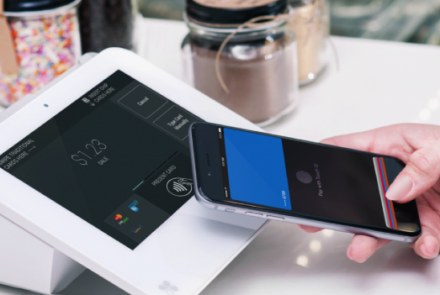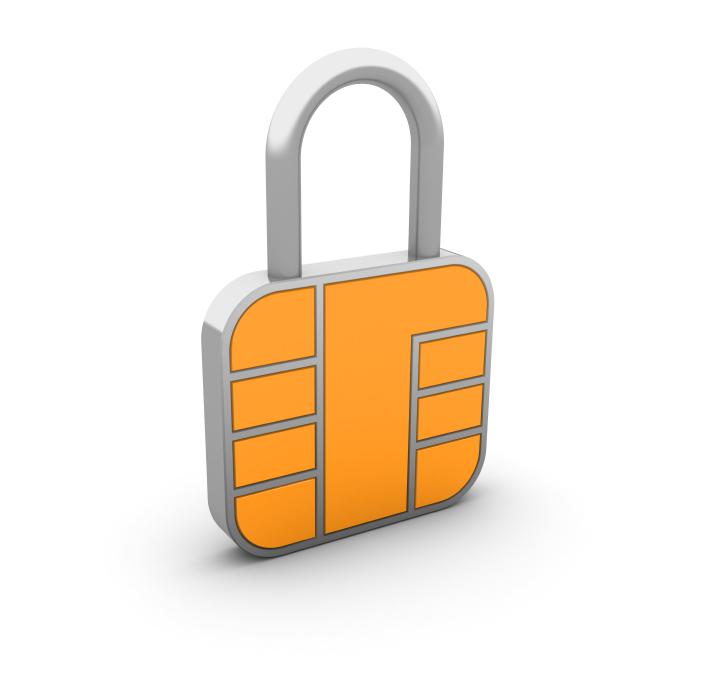November 2nd, 2017 by J B
The Future: Signature Less Payments
Filed in: Monthly Newsletters |
But first, let me take a selfie.
With the conversion to EMV (chip cards) payments, face to face credit card fraud is on the decline. That said other card payment methods are still struggling to become more secure. While banks and businesses want a more secure transaction process, businesses and especially consumers want faster, more efficient payments. The demand from all sides is pushing what could be significant changes to the payments industry.
 Where we stand today:
Where we stand today:
Signatures are quickly becoming a thing of the past. Whether signing a receipt or signing a credit application, the signature means little anymore. No one is verifying your signature and many transactions or applications are processed in such away that signatures are impossible. With seemingly weekly data breaches and the pay or apply online world that we live in, identity theft will continue to be on the raise.
In the instance of a dispute an individual can claim identity or card theft rendering the signature invalid without additional proof to support it. This is proof that most businesses are not going to be capable of providing.
Big banks such as Bank of America, Citigroup, and Chase have been working on bio-metric systems to help protect themselves and their customers. The large institutions have the resources to deploy teams to work on these kinds of systems, but those won’t protect everyone. With companies like Apple, Samsung, and Google implementing bio-metrics into their new devices, smaller institutions and businesses are starting to take advantage of the increased security without having to invest in additional infrastructure.
Changes are coming:
Visa and MasterCard are both making changes to policies and investing in technology to take the systems in the marketplace today and use them to make our financial lives more efficient and secure.
MasterCard recently announced that effective April 13th, 2018, they will be dropping the rule requiring merchants to obtain signatures for transactions on both credit and debit in the US and Canada. MC has recognized the obsolescence of the signed receipt and are hoping this change will help lower costs for merchants retaining signed receipts as well as increase the speed and consistency during checkout. This is being made possible by improvements by the large banks, and services like ApplePay, and other payment securing technologies.
 Visa will be releasing its new platform to allow banks, both large and small, to integrate biometric systems into credit card applications and payments. This might allow banks to use existing systems like fingerprint readers or cameras to verify a person’s identity. This could be a number of different ways, for example using a Smartphone’s fingerprint reader to verify the person. They may also require the applicant to submit a selfie and also take a picture of their driver’s license that their systems and compare against each other for confirmation.
Visa will be releasing its new platform to allow banks, both large and small, to integrate biometric systems into credit card applications and payments. This might allow banks to use existing systems like fingerprint readers or cameras to verify a person’s identity. This could be a number of different ways, for example using a Smartphone’s fingerprint reader to verify the person. They may also require the applicant to submit a selfie and also take a picture of their driver’s license that their systems and compare against each other for confirmation.
This platform could also be used during the transaction process. Issuers could reach out to their customers when they see suspicious transaction activity and use TouchID to confirm they are attempting to make the purchase. This could also be done with a photo, or voice recognition. This system is being designed to allow each card holder to choose what their preferred biometric verification type.
Expect to see a lot of changes in financial security over the next couple years. As more and more systems and devices keep us connected, the payments industry will continue to use our connection as verification methods.
While that is a bit concerning to think about, so is not preventing fraud which has a direct impact on our lives, businesses, and overall cost.




